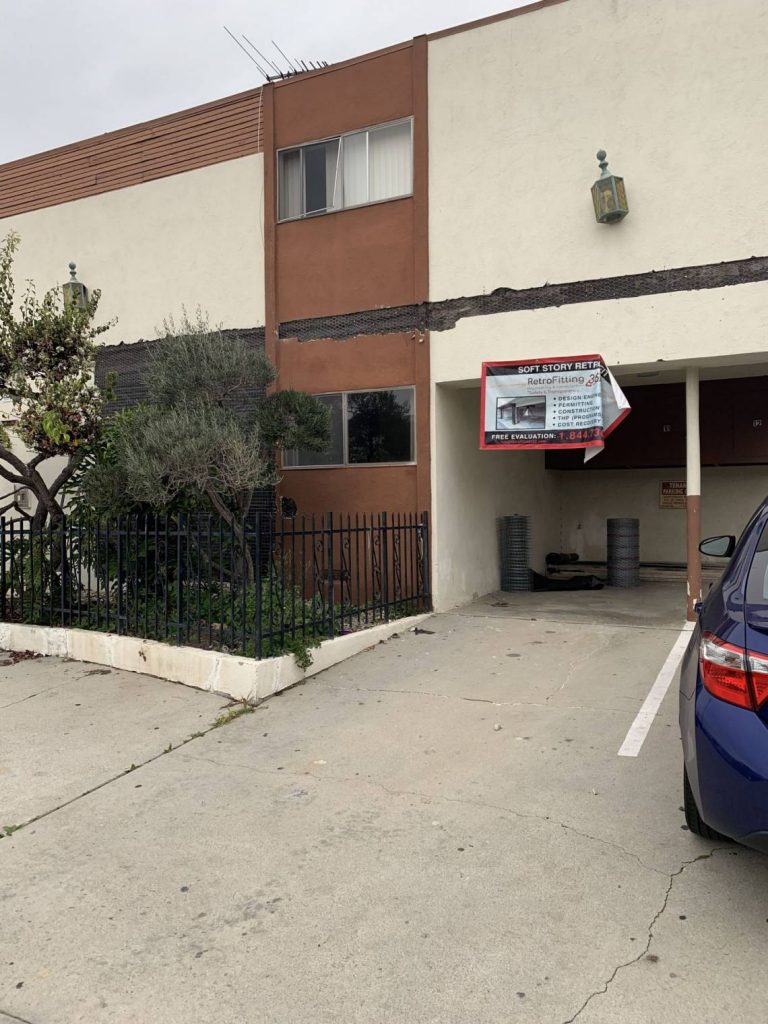Seismic retrofitting is used to make modifications to older buildings so they are more durable, and safer, during earthquakes and aftershocks. If you are a building owner in the Los Angeles area, whether it is a non-ductile or tilt-up, you will want to have a retrofit done so your building will be protected when the next earthquake hits. Everyone in, and around, Los Angeles knows it just a matter of time till this happens. Following are the different techniques used depending on which type of building you own.
Techniques Used for Concrete Tilt-Up Buildings
Braced Frames and Concrete Footings: These two components are not used in every seismic retrofit of a concrete tilt-up building. Your professional contractor will inspect your property in the beginning, including the geometry of the structure and determine if these types of supports will be necessary.
Continuity Ties: Continuity ties are key component for these types of buildings. They create a more stable base by connecting two structural elements together so that they distribute the impact of the earth’s vibrations evenly.
Roof to Wall Anchors: One of the most basic elements of any retrofitting project is the roof to wall anchors. These provide extra structural support during an earthquake, high winds or other types of natural disasters more productively.
Roof Nailing: Just like braced frames and concrete footings, roof nailing is not always needed in an earthquake retrofitting job. But, it does provide more strength to the roof structure, and is an effective component to add to any re-roofing job.
For concrete tilt-up buildings, these are the most common components used but, depending on your building, others may need to be added.
Techniques Used for Non-Ductile Concrete Buildings
Gunite Walls and Columns: One major component of a seismic retrofit on a non-ductile building is Gunite walls and columns. They work to reinforce existing structures with a more reliable material than just concrete. Gunite is used along with additional concrete footings that may include helical anchors or micro piles for additional resistance.
Draglines: Draglines, usually used along with concrete and steel materials, provides additional support and stability to non-ductile buildings during an earthquake. They work by connecting and dragging loads to more components and areas of the structure.
FRP Columns and Walls: FRP, fiberglass-reinforced, walls and columns are also a major component used when retrofitting a non-ductile building. Just like Gunite, fiberglass is a tougher, more dependable material that provides additional support to a building’s structure.
Typically, these are the components that are used when performing an earthquake retrofit on a standard non-ductile building. If your structure requires additional add-ons, your retrofitting contractor will let you know.
If you want to know which seismic retrofit your building needs to be safer in an earthquake, contact us for more information or to set an appointment.


